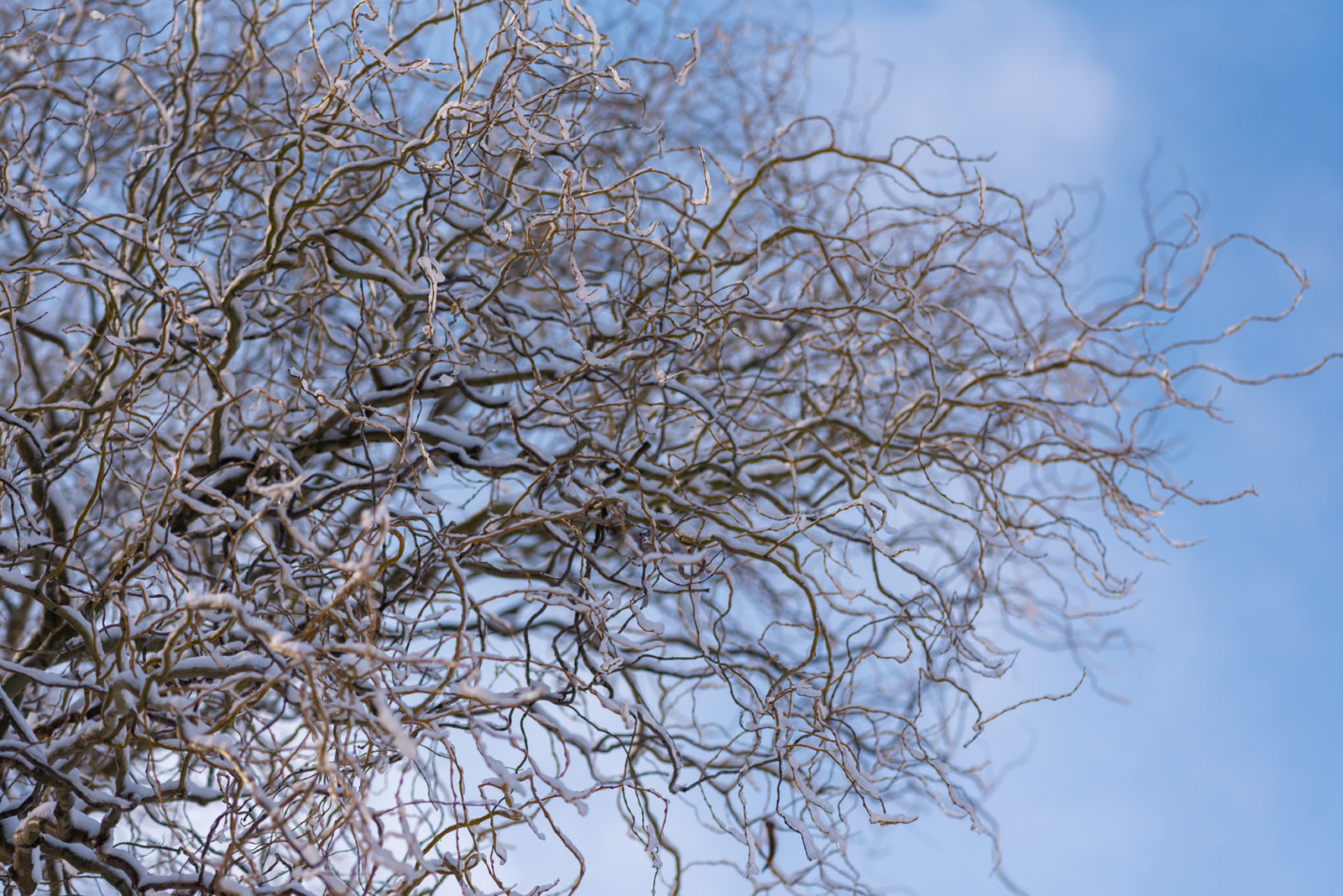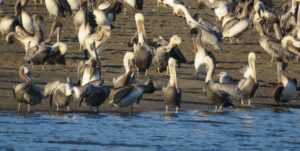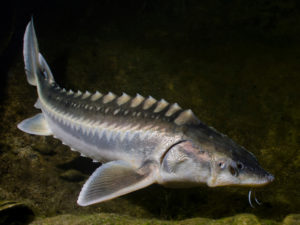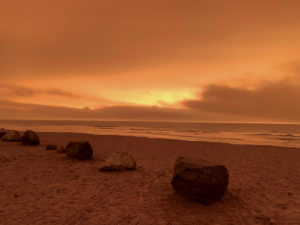I am in the rather unusual position where I have discovered a new marine species — and I get to name it. The process has been, in some ways, similar to how one names a baby. Well, similar if you disregard the fact that instead of a last and a first name, the baby has to be given a two-part Latin name with a genus and species. Oh, and you have to submit a sample of said baby to a natural history museum, according to conventions set by an international body of scientists and 350 years of taxonomic tradition started by an old Swedish patriarch named Carl Linnaeus.
As a lab instructor in college-level biology classes, I find my students’ least favorite assignments tend to be learning scientific species names. They complain that it is rote memorization of long, obscure, and hard-to-spell words. Some think scientific names are redundant — why use a name like, “Columba livia” when “pigeon” is as effective, and in English to boot? Other students think scientific names are just another way for academics to be snobs.
I find my position as both creator and inflictor of what some view as a form of torture to be rather ironic. What I have found is that scientific names help me to better see and learn. Each name comes with a story — some personal, some beautiful, some downright awesome. Take, for instance, Scaptia beyonceae — the Beyonce horse fly, so named for the fabulous patch of gold hairs on its butt.

I like to tell my students: Don’t memorize names — try, instead, to match “faces” to those names. One of my favorite animals is a little green sea slug that I often see in coastal eelgrass meadows in California. Described in 1900 by William Healey Dall, its scientific name is Phyllaplysia taylori. It has no “official” common name, although I’ve seen it variously called Taylor’s sea hare, zebra leafslug, and eelgrass sea hare. At first look, that scientific name seems like a mouthful — but on second glance, it begins to make sense, especially once you get a chance to see this cutie up close.
Phyll-, or leaf in Latin, refers to the emerald blades of seagrass that P. taylori very closely resembles. Aplysia, or sea hare, means “that which one cannot wash” – presumably referring to the mucus all sea slugs secrete. The species name, taylori, is in honor of one Reverend Dr. George Taylor — who was, in fact, the actual “discoverer” to send Dall the original specimens used to describe the new species.

Instead of a long obscure word, the name now helps paint a picture of what the animal is and who named it. Names, in this sense, are neither torture device nor pedantic gate but rather tools in the grander adventure of seeing the world around us with clarity. Names — whether of a sea hare or of someone you meet at a dinner party — are the first steps in creating a relationship.
For someone who is just starting out on their natural history journey, scientific names can be intimidating. My advice is to focus on observing first and naming second. If need be, you can even give species your own nicknames. On your walk, you notice a shrubby plant with pink pom-pom-like flowers? Call it “pink pom-pom flower” for now and enjoy noticing its intricate little buds and the softness of its leaves. Build that relationship, and as it deepens perhaps then you can discuss which species of the Eriogonum genus it might have been.
Which brings me back to what to name my own new species. In the comfort of my personal notes, I’ve been calling this little crustacean “sesame” for its resemblance to a sesame seed. For a more formal scientific name, however, I intend to give it the species name williamsae.
I chose the name in honor of the late Dr. Susan Williams. Susan devoted much of her career to studying the seagrass beds of the California coast. She was also a key force in expanding federal protections for Northern California coastlines.
But a scientific name means more than just Linnaean nomenclature. Names go out into the world like buoys in the ocean, mere indicators of the stories and relationships weighted below them.
Names, in this sense, are neither torture device nor pedantic gate but rather tools in the grander adventure of seeing the world around us with clarity.
Susan was my graduate thesis advisor. We students loved and feared her because she was so sharp. A common refrain I heard was, “Susan asked the hardest questions in my last meeting — but she also gave the most constructive feedback.” A meticulous editor, Susan returned scores of my thesis chapters with edits ranging from, “You need to make this paragraph more relevant to the Iowan mammologist,” to “You are still missing these 10 commas from your bibliography.”
Susan had a distinguished career spanning four decades, and she was still the first one to show up to work every morning. At any given moment, she juggled at least four major projects — writing grant proposals, executing research projects, guiding policy development, critiquing student manuscripts — her work on these squeezed in between serving on academic committees, steering collaborations, and advising students like myself.
Susan was also a tough coach. Before my qualifying exam, she spent weeks grilling me with mock questions related to my research — about marine biology, ecology, statistics, zoology, evolution, experimental design. She asked me hard questions, and then she would ask them again, making me repeat my answers for increasing clarity and precision. When I broke down in tears at one point in the process, she handed me a tissue, and gently said, “I am only making you go through this because I know if you can survive me, you can survive anyone.”
During my meetings with her, we spent many hours talking about science and life. Every so often, she dropped anecdotes from her storied past — such as how she lost 10 pounds simply from trying to stay warm while working in a revolutionary underwater marine lab for a week. Or how, during college in the ‘70s, she argued with school authorities about female students having a mandatory curfew because she had calculations to compute, and the only available hours to work on the punch card computer were late at night. Or how she grew up in coal country Pennsylvania, among the first in her family to attend college. Or how Indonesian gangs wrecked one of her experiments, leaving a white flag of death atop a mound of damaged equipment, because they saw her coral restoration work as a threat. Or how she traveled to Washington D.C. and spoke with Congressional members about the importance of greater environmental protections.
I wish I could have heard more stories from her life — her colorful, difficult, incredible life — because through everything she experienced, it was an inspiration to see how she still retained an absolute passion for the ocean. What a privilege it was to have her as a role model and mentor.
Williamsae is a mouthful. I sympathize with the future students who will have to memorize it. But I hope that they will learn, as I have, to look beyond the Latin to see what’s really in a name.




